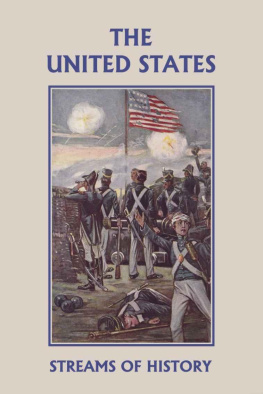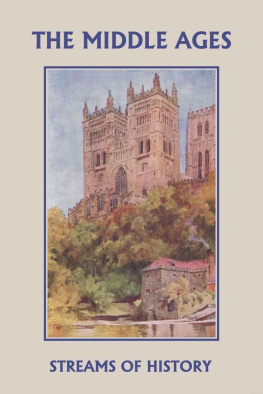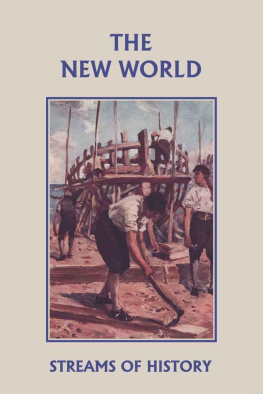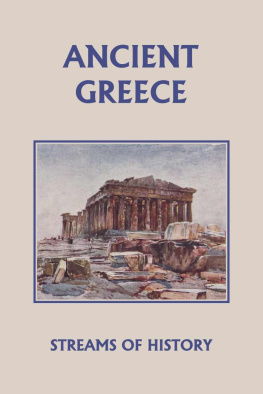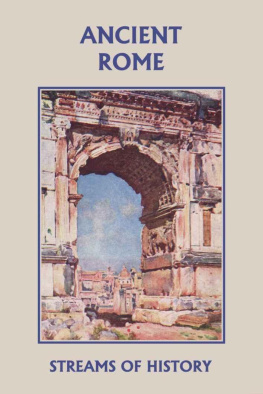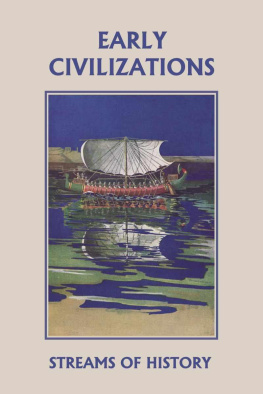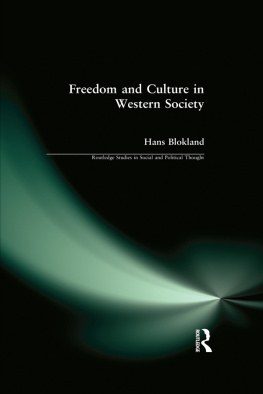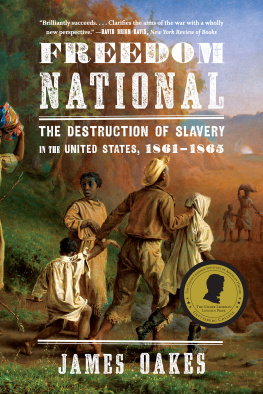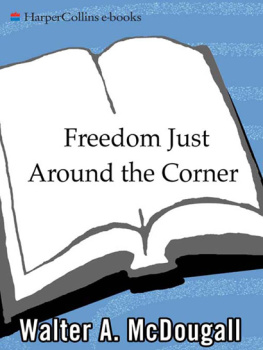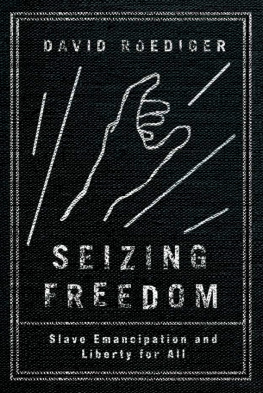The United States
by
Ellwood Wadsworth Kemp
Yesterday's Classics
Chapel Hill, North Carolina
Cover and Arrangement 2010 Yesterday's Classics, LLC
All rights reserved. No part of this book may be reproduced or retransmitted in any form or by any means without the written permission of the publisher.
This edition, first published in 2010 by Yesterday's Classics, an imprint of Yesterday's Classics, LLC, is an unabridged republication of the work originally published by Ginn and Company in 1902. This title is available in a print edition (ISBN 978-1-59915-260-8).
Yesterday's Classics, LLC
PO Box 3418
Chapel Hill, NC 27515
Yesterday's Classics
Yesterday's Classics republishes classic books for children from the golden age of children's literature, the era from 1880 to 1920. Many of our titles are offered in high-quality paperback editions, with text cast in modern easy-to-read type for today's readers. The illustrations from the original volumes are included except in those few cases where the quality of the original images is too low to make their reproduction feasible. Unless specified otherwise, color illustrations in the original volumes are rendered in black and white in our print editions.
Contents
The Development of the Nation
1789-1902
W E have now come to a time when the American people began to live under a form of government in some particulars different from any ever worked out before. This was a federal government, providing for two great things: first, for a strong independent central power deriving its authority from the people; and second, for strong local or state governments, likewise deriving their powers from the people. It was thus the desire of the framers of the Constitution to form a government in which the states should work harmoniously with the central government, like many little cog-wheels working in one great central wheel. Although we found the English government to be the freest and best developed in Modern Europe, yet, in the hands of a selfish king like George III, the self-reliant Anglo-Saxon living in America found it impossible to live under it and enjoy the freedom he was determined to have. The central power under the English king grew too strong, and hence, as we have seen, the Americans declared themselves independent, manfully gained their independence in the war of the Revolution, soon after formed the Articles of Confederation, hoping thereby to form a government in which a few could not secure supreme control at the expense of the liberties of the many. But, as we have seen in the sixth volume of this series, in less than ten years of trial of the Articles, they were found insufficient to give the Americans a vital, permanent nation, able to tax its citizens and control and guarantee the liberties of its people; for, from fear of too strong a central government, the framers of the Articles had gone too far toward the opposite extreme and had placed the real power in the hands of the states, leaving the central government "no stronger than a rope of sand."
From this experience came the Constitution of 1789. The Articles had kept the idea of American nationality alive in the minds of the people, and had bridged over the interval of slow national growth till it was possible to form a government in which there should be an equal balance between state and nation, and in which the people might have opportunity to develop the greatest possible liberty. The work before us now consists in following the developing national life of the American people and in seeing whether the Constitution proved to be what was claimed for it. Has it made of the American people one great free nation, instead of a number of jealous independent states?
First let us look at the extent of our country in 1789. It consisted of thirteen states stretching along the Atlantic coast from the territory of Florida, which at that time belonged to Spain, to the line dividing Maine from Canada, and included the great stretch of territory extending westward from these states to the Mississippi River. It was by and for the people living in these lands that the Constitution was written and ratified. It was founded upon an agreement between the people and was itself the fundamental law by which they were to be governed,in other words, a set of rules ordained and established by themselves as the source of authority and to which they must yield obedience; and henceforth, when any question of law should arise, they would, through their officers, turn to these rules to decide what to do.
The United States became a nation under the Constitution in 1788, nine states having ratified it; and in the following year, on April 30, 1789, General Washington was inaugurated first President of the Republic. Every one knew how much he had done to gain the independence of the colonies and to cement them into a strong nation; so it was natural that the universal desire should have been to have such an unselfish patriot placed at the head of affairs to set the new governmental machinery going. At the end of his first term (1793) he was again chosen President. By this time, however, political parties were arising. Let us see how this came about.
There were many who opposed the ratification of the Constitution when it was placed before the conventions in the several states, because they thought it gave the central government too much power. Now that the Constitution had been adopted, they set about to hold as strictly to its provisions as possible. These were called Strict Constructionists. Those who had favored and worked for the Constitution, wanted to give the central, or Federal, government a great deal of power; that is, they desired to interpret the provisions of the Constitution in such a way as to give authority for the central government to do much toward regulating commerce, establishing banks, building roads, imposing a protective tariff and the like. These were called Broad Constructionists.
Of course, what the Constitution did or did not allow was a matter to be decided in the first place by the Congress and executive officers in the regular performance of their work, but finally by the Supreme Court. Thus there came to be two parties in the United States: those who were in favor of a strong Federal, or central, government, who took the name of Federalists, and those who were opposed to a strong central government, who until 1792 called themselves Anti-Federalists. Although the rise of these parties began during Washington's terms of office, the principles which they advocated were not clearly set off till after his last term, for Washington held all the people well together and made up his Cabinet of advisers from men of both parties.
First, he chose as Secretary of State, Thomas Jefferson, the writer of the Declaration of Independence and now the leader of the Anti-Federalist party. For Secretary of the Treasury he chose Alexander Hamilton, as ardent a Federalist as Jefferson was an Anti-Federalist. Besides these, he appointed Henry Knox, a Federalist, Secretary of War, and Edmund Randolph, an Anti-Federalist, Attorney-General. Thus Washington's first Cabinet was composed of two Federalists and two Anti-Federalists. With these especial advisers in each department of the government, Washington put in motion the national government under our present Constitution.
There were many trying questions which came up during Washington's first term which required great insight and wisdom for settlement. One of the most perplexing difficulties was the providing of means for paying old debts contracted during the Confederacy, and for paying the running expenses of the government. This was given to Hamilton to work out and to report his plan to Congress. Hamilton, as already said, was Secretary of the Treasury. He had from the first been one of the strongest supporters of the Constitution, and now began to put life into it by showing the entire country how quickly he could raise taxes under it to pay the outstanding debts of the country.

